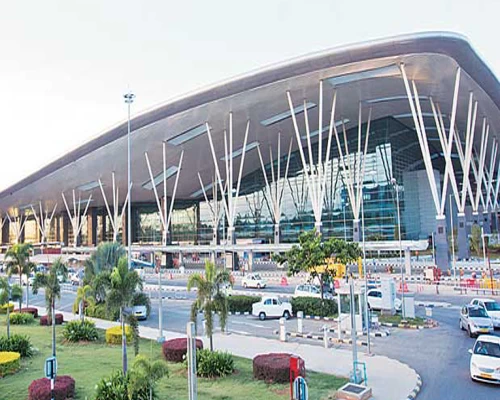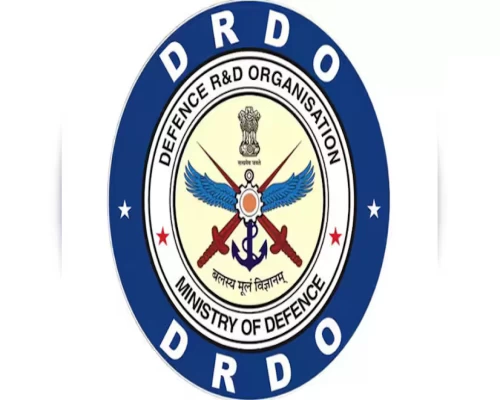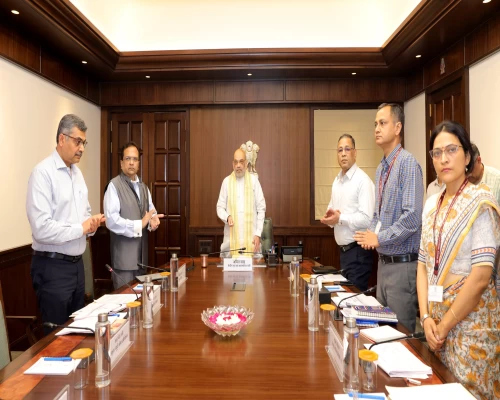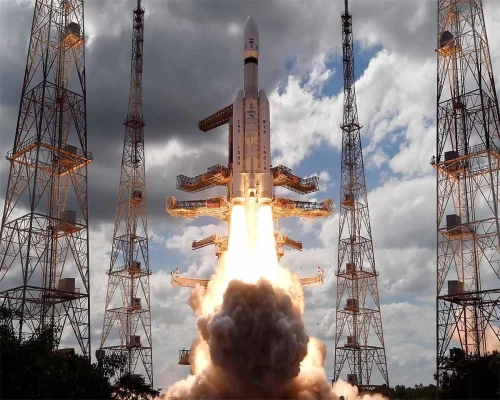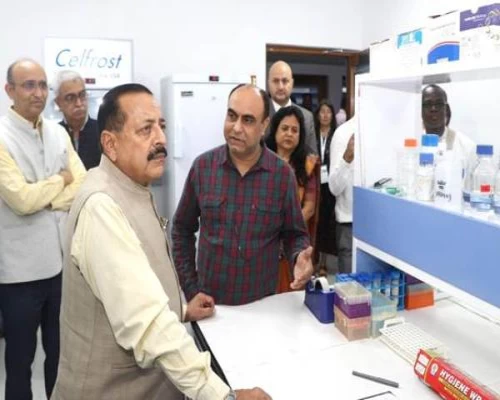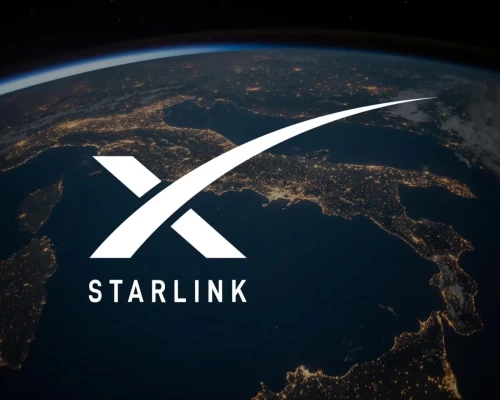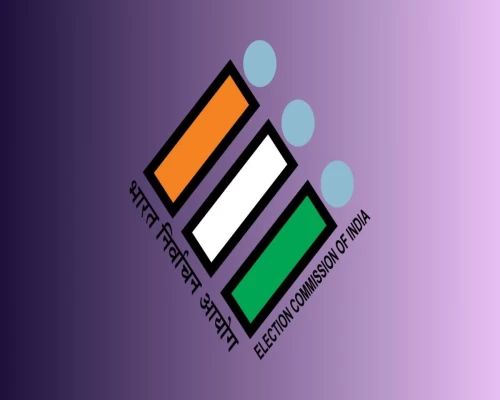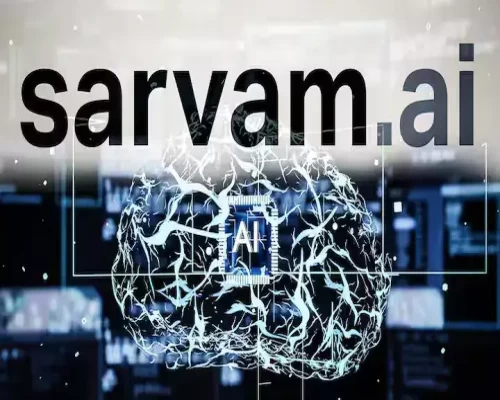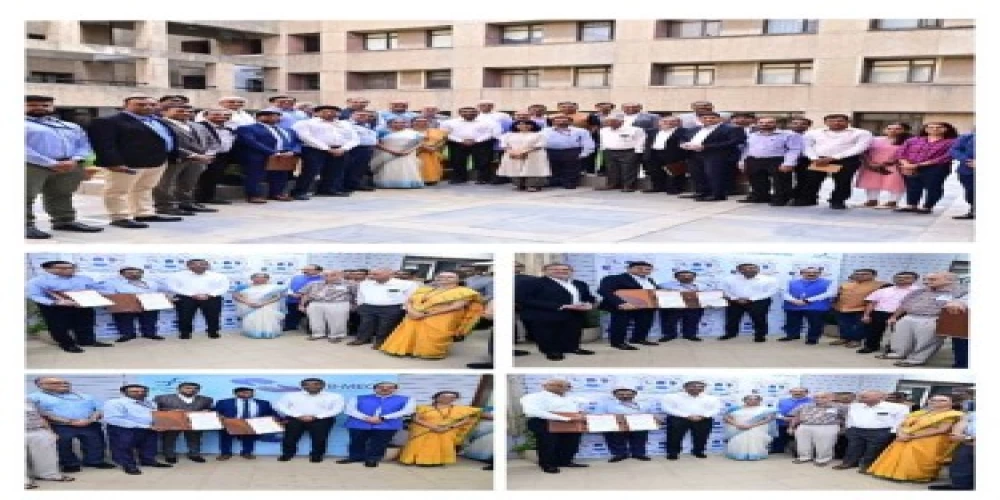
Mumbai: The Ministry of Electronics and Information Technology (MeitY) has spearheaded the development of two critical healthcare technologies, namely the 1.5 Tesla MRI scanner and 6 MEV Linear Accelerator, through the Society for Applied Microwave Electronics Engineering & Research (SAMEER), Mumbai, as the implementing agency, in collaboration (MRI) with the Centre for Development of Advanced Computing (C-DAC), Trivandrum & Kolkata, Inter University Accelerator Centre (IUAC), and Dayanand Sagar Institute (DSI). The MRI scanner is a non-invasive medical imaging test used to visualize soft tissues, while the Linear Accelerator (LINAC) is utilized for cancer treatment using high-energy X-rays or electrons. Both projects have received financial support from MeitY to move India towards import substitution.
To ensure that these technologies are accessible and affordable to the public, it is crucial to swiftly translate research into practical applications, expedite their development and deployment, and fully leverage the benefits of indigenous health technologies for the benefit of people. Therefore, the engagement of industry is paramount. Early engagement can also help identify synergies between government research priorities and industry capabilities, leading to more efficient and impactful collaborations. Consequently, SAMEER, along with its collaborating agencies, has signed Memorandums of Understanding (MoUs) for MRI and Transfer of Technology (ToT) for LINAC with the following industries:
Transfer of Technology agreement for Linear Accelerator System
- B-MEC Imaging Pvt Ltd
MoU and Non-Disclosure Agreements (NDA) with Industries
- Medirays Imaging Pvt. Ltd.
- Adonis Medical Systems Pvt. Ltd.
- INOXCVA Inox India Ltd.
- Paras Defence and Technologies Ltd.
- Vedang Radio Tech. Pvt. Ltd.
- Sci-com Software Pvt. Ltd.
- NVGEN Automation Pvt. Ltd.
The exchange of MoU and ToT between SAMEER and industries was done in the presence of S. Krishnan, Secretary, Bhuvnesh Kumar, Additional Secretary, Sunita Verma, Group Coordinator R&D, Dr. P. Hanumantha Rao, DG SAMEER, and scientists from MeitY, CDAC, IUAC, and SAMEER. Speaking on the occasion, the Secretary, MeitY highlighted the importance of crucial medical technologies and devices, their ever-enhancing scope, challenges, and opportunities that India presents to manufacturers. He informed that industry engagement is encouraging and reflects MeitY's sustained efforts in developing indigenous technologies.
The participants included Dr. P. Hanumantha Rao, Director General-SAMEER, Rajesh Harsh, Programme Director-SAMEER, Devanand, Associate Director-CDAC-T and his team, Dr. Soumen Kar, Scientist G-IUAC, Deepak Acharya, COO-INOX CVA, Parag Kulkarni, Executive Director-INOX CVA, Ravi Kumar K V, MD - Medirays Imaging Pvt. Ltd., Rajesh Nair, Director - Medirays Imaging Pvt. Ltd., Virinder Singh Bedi, Director - Adonis Medical Systems Pvt. Ltd., Amit Mahajan, Director - Paras Defence and Space Limited, B.C. Bhardwaj, Founding Director - Vedang Radio Tech. Pvt. Ltd., Dr. Vishwas Udpikar, Director - Sci-com Software Pvt. Ltd., Nilesh V. Narvekar, Vice Chairman and Founder - NVGEN Automation Pvt. Ltd., Chandrasekaran J, Director, along with senior executives from BMEC Imaging Private Limited, and members from IMRI – National Steering Committee (NSC).
These healthcare technologies, focused on diagnostics and treatment, are intended to benefit the general public. The journey of these indigenous medical devices has come a long way from the development of individual sub-systems to engaging the Indian industry to expeditiously move towards the attainment of the final goal. Engagement with Indian industries represents a significant milestone, signaling the project’s transition towards commercialization. The journey will take its final steps when the technology is commercialized and adopted for use by the masses in India, marking the goal of making healthcare affordable. /BI




